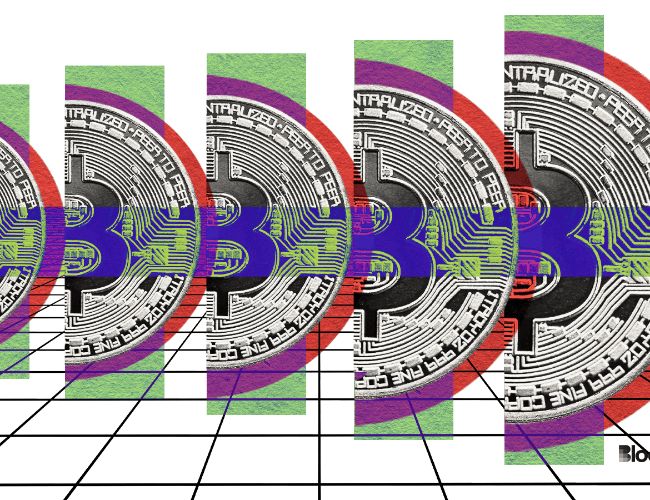It’s well known that the Bitcoin network experiences a halving of supply approximately every four years. Less appreciated is that these are set to continue for over a century into the future.
Bitcoin’s pseudonymous creator Satoshi Nakamoto programmed the year 2140 — 30 halvings from now — as the year that the block rewards (the subsidy paid to miners for processing transactions into blocks) would drop to less than one satoshi, the smallest unit of bitcoin.
The use of the term “satoshi” — equivalent to 100 millionth of a bitcoin (or 0.00000001 BTC) — emerged organically among early Bitcoin users and developers, appearing in various forums and discussions starting in 2010 or 2011, and became widely accepted in 2013.
Read more: The Bitcoin halving is about a month away — here’s what you can expect
The halving is modeled after the physical mining of scarce resources, according to Jameson Lopp, co-founder and chief security officer at Casa.
“There’s nothing special about the year 2140,” Lopp told Blockworks. “It’s just how the nature of halvings along with the level of precision of satoshis ended up working out.”
Lopp notes that Nakamoto explained the supply schedule to Mike Hearn, a former Google engineer who became an early Bitcoin contributor, in 2009:
“My choice for the number of coins and distribution schedule was an educated guess,” Satoshi wrote. “I wanted to pick something that would make prices similar to existing currencies, but without knowing the future, that’s very hard.”
Read more: Satoshi warned against labeling bitcoin as an ‘investment’
He picked 21 million, but Satoshi added that the divisibility of a bitcoin in practice could be represented differently depending on how valuable one bitcoin gets. “For example, if 0.001 is worth one euro, then it might be easier to change where the decimal point is displayed, so if you had one bitcoin it’s now displayed as 1000, and 0.001 is displayed as one.”
For what it’s worth, 0.001 BTC is worth about 65 euros (approximately $70) today.
Why the rate of issuance would decline for 132 years, however, was never explained.
“I expect it was more of a ‘better safe than sorry’ decision to give the system decades to bootstrap,” Lopp said.
Unless the price of bitcoin (BTC) doubles every four years, each halving brings less income from block rewards to miners. So to maintain the network’s hashrate, which is important for Bitcoin’s security, transaction fees will become more important over time.
Whether that will happen in practice remains to be seen, but Lopp is optimistic.
“I expect that as we see the multi-layered Bitcoin ecosystem continue to expand, the base chain will start to look more and more like a high-value cryptographic accumulator and it will make economic sense for on-chain transactions to pay relatively high fees,” he said.

